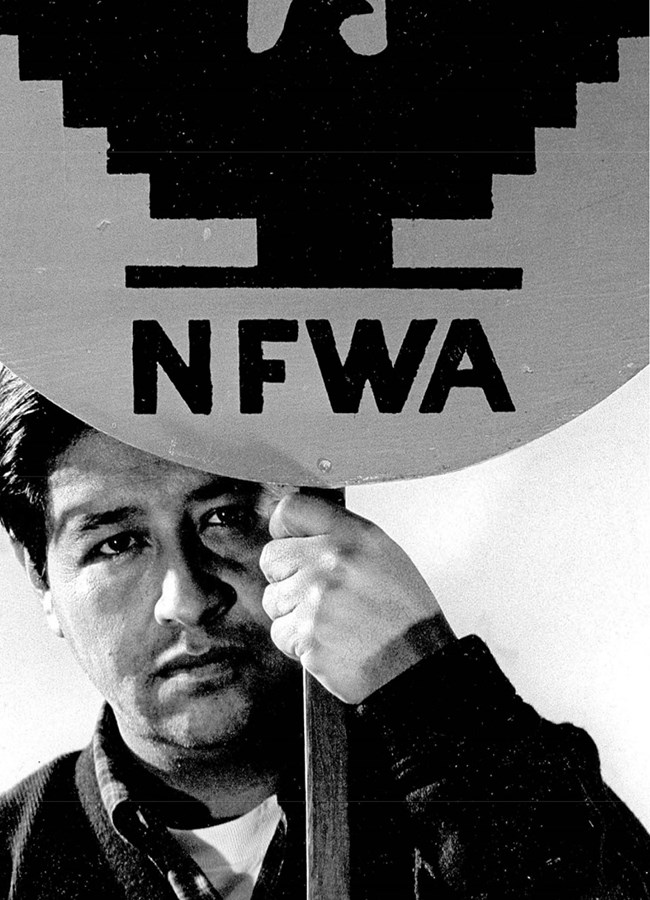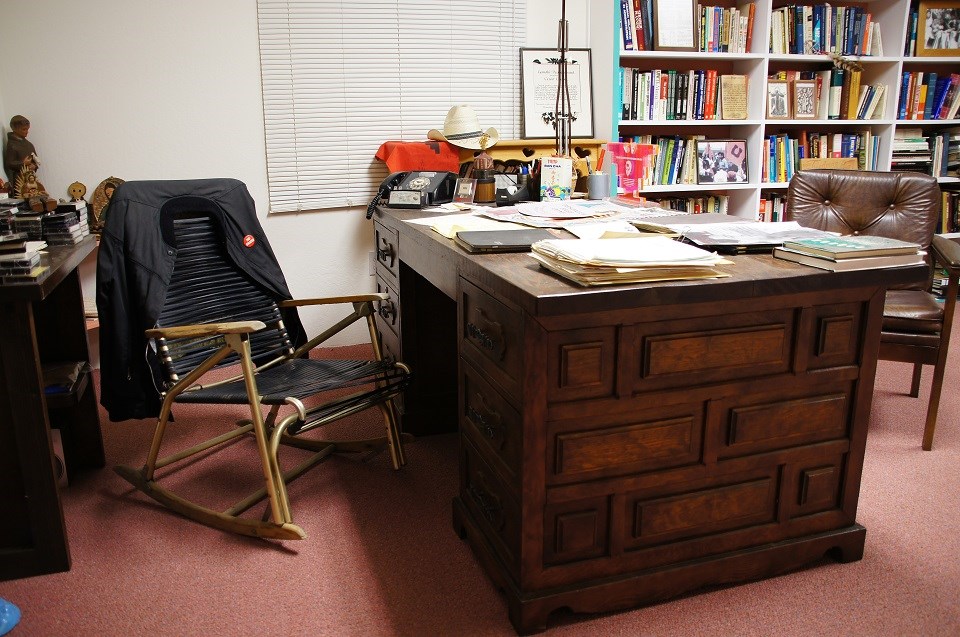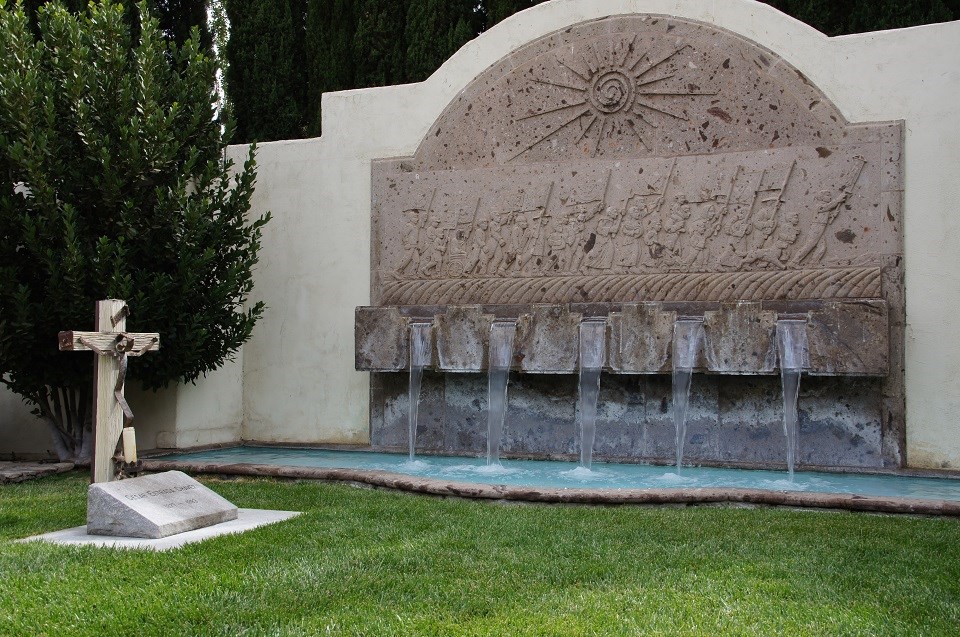Last updated: June 30, 2017
Article
National Park Getaway: César E. Chávez National Monument
By Malinee Crapsey, Park Ranger, César E. Chávez National Monument

Image courtesy of Wayne State University
This new national monument offers insight into why this man and the struggles of farmworkers mean so much to American agriculture, both the industry and its people. A visit to César E. Chávez National Monument will fill your mind and your heart with the spirit of ¡Sí se puede!―Yes we can!
Chávez was forced by circumstances to enter the ranks of migrant workers while still a child. As an adult, he joined forces in 1965 with prominent activist leaders such as Dolores Huerta and Larry Itliong to improve the lives of farmworkers. Over time, he grew to be one of the most important Latino leaders in the 20th century, supported by many others who were willing to make sacrifices for the greater good. Death threats against them and violence on the picket lines became part of their daily lives.

NPS Photo
At La Paz, Chávez plus thousands of workers and volunteers advanced the movement to help farmworkers, other low-wage workers, and their families. They fought for safe working conditions; fair pay; access to banking, health care, and pensions; and protection from the unregulated use of hazardous chemicals where people worked.
The national monument is located in a rural, arid area just west of Tehachapi Pass on Highway 58, at the southern end of California’s Sierra Nevada. This is the same route travelled by the Joad family in John Steinbeck’s classic novel “The Grapes of Wrath.”

NPS Photo
Twice a year naturalization ceremonies are held in the park, one on Chávez’s birthday (March 31, National César Chávez Day) and one on the anniversary of the designation of the monument on October 8, 2012. Early in the year, you’ll be dazzled by wildflowers on the open slopes; a few months later you can enjoy the blooms of the monument’s gardens.
Can’t make it in person? Take a virtual tour of the park. Bienvenidos!
